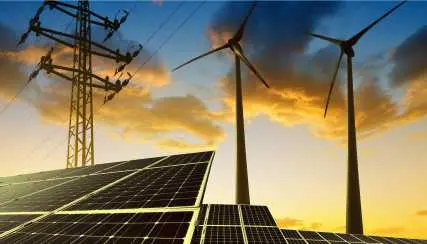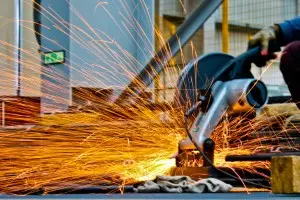High-voltage cables or conductors known as transmission lines are used to carry electricity from power plants to substations over great distances. They are essential to the electric power system because they provide the efficient and reliable delivery of electricity to final consumers. These wires can be overhead or underground and are often made of copper or aluminum. To reduce energy loss from resistance, transmission lines run at high voltages. Conductors, towers or poles, insulators, and grounding systems are essential parts. They serve as the foundation for regional and national power grids, facilitating load balancing over large regions and allowing power systems to be connected.
Drivers: One of the main factors propelling the market's expansion is the rising demand for dependable and effective power supplies. The need for a dependable and effective power source has grown dramatically as the US population and energy consumption continue to rise. Expanded and updated transmission infrastructure is required to meet present and future energy demands due to the growing demand for power and the move toward renewable energy sources. Government backing for the incorporation of renewable energy is another element driving the market's growth. Upgraded transmission lines are becoming more and more necessary as a result of the shift to renewable energy sources like solar and wind. This change is being accelerated by government programs and incentives targeted at lowering carbon emissions.
Challenges: The high costs of updating current infrastructure are serious obstacles for the US transmission line sector. This includes the requirement for new smart grid technology, substations, and power lines. The problem is made more difficult by a lack of money from both the public and commercial sectors, which causes delays in necessary infrastructure upgrades. Meeting rising energy consumption and enhancing grid dependability are hampered by a lack of steady funding for long-term improvements. Another obstacle to market expansion is land acquisition and environmental regulations. Construction of new infrastructure is delayed by land acquisition problems and strict environmental laws. Project timelines are often delayed by environmental assessments, and obtaining permits can take a lot of time.
Market Trends: Traditional overhead conductors are becoming more and more popular as smart grid technology spreads and the demand to upgrade current transmission lines increases. This is carried out because these conductors provide high installment due to their enhanced tensile strength, sufficient sag resistance, and increased design economy. When long-span overhead transmission lines are built, these features should significantly boost the products' market penetration. It is anticipated that the primary drivers of the product's demand will be the continuous expansion of long-span overhead transmission lines and the emphasis on the installation of superconducting cables, which is fueled by the growing need for more reliable and efficient transmission networks.
U.S. Transmission Lines Market Key Players:
American Wire Group, APAR Industries, Bekaert, CTC Global, Houston Wire & Cable, Nexans, Prysmian Group, Quanta Services, Siemens Energy, and Southwire Company are just a few of the major market players that are thoroughly examined in this market study along with revenue analysis, market segments, and competitive landscape data.
U.S. Transmission Lines Market Segmentation:
By Voltage: Based on the Voltage, U.S. Transmission Lines Market is segmented as; 132 kV to 220 kV, 221 kV to 660 kV, > 660 kV.
By Conductor: Based on the Conductor, U.S. Transmission Lines Market is segmented as; Conventional, High temperature, Others.
By Region: This research also includes data for Northeast, Midwest, West, South.
This study also encompasses various drivers and restraining factors of this market for the forecast period. Various growth opportunities are also discussed in the report.





































